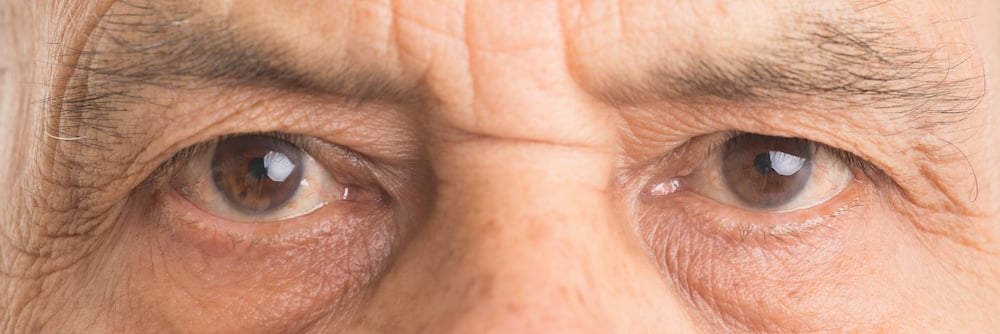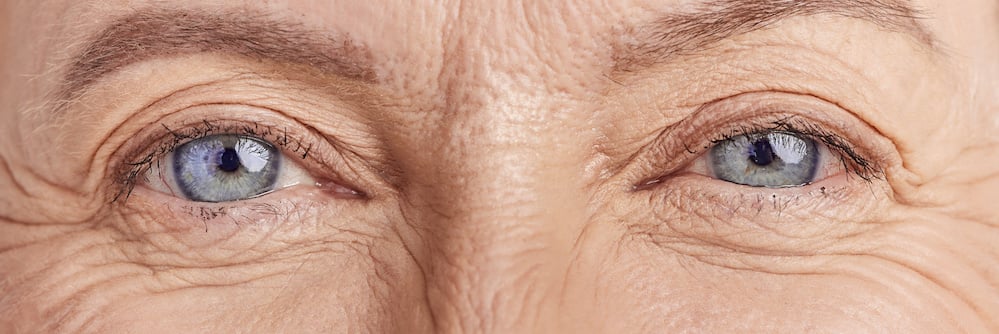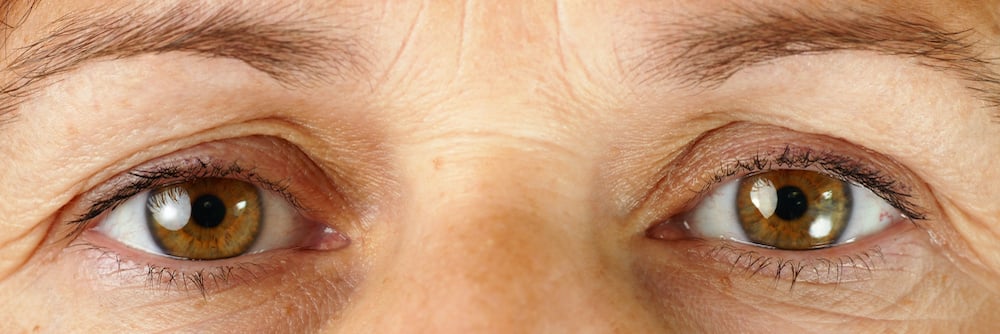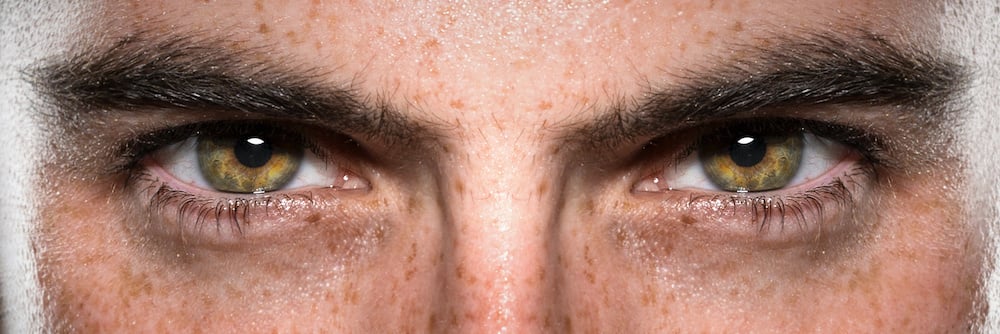Parkinson's Disease
Oculomotor examinations help differentiate parkinsonian syndroms.
Progressive supranuclear palsy (PSP) is a rare neurological disorder that affects body movements, walking and balance, and eye movements. PSP is caused by damage to nerve cells in areas of the brain that control thinking and body movements. PSP is often misdiagnosed as Parkinson's disease, especially early in the disorder1. Supranuclear vertical gaze palsy is one of the key differences2.
Progressive supranuclear palsy (PSP, Steele-Richardson-Olszewski syndrome) is an adult-onset progressive neurodegenerative parkinsonian disorder, classically described as a syndrome of postural instability, supranuclear vertical gaze palsy, dysarthria, dystonic rigidity of the neck and trunk, mild dementia, and pseudobulbar palsy2.
A review paper reported that clinical diagnosis of PSP was correct in only 25% of cases at the first visit, and in 63% at the last visit3. Indeed, the rate of misdiagnosis of PSP is high, with up to 50% of cases in routine clinical practice not recognized, and although supranuclear vertical gaze palsy is one of the key features of PSP, more than half of the cases in the early disease process do not undergo eye examination4.
In 2017, the Movement Disorders Society (MDS) proposed clinical diagnostic criteria for PSP with four core functional domains: ocular motor dysfunction, postural instability, akinesia, and cognitive dysfunction3.
PSP is distinguished from Parkinson’s disease mainly through two signs: the presence of vertical supranuclear gaze palsy or slow vertical saccades and early falls due to postural instability2.
Besides vertical supranuclear palsy, other ocular motor dysfunctions commonly seen in PSP include reduced vertical gaze saccade velocity, eyelid-opening apraxia, and frequent macro square wave jerks, along with nonspecific ocular symptoms3.
Square wave jerks (SWJs) represent the most common type of saccadic intrusions and are present in most patients with PSP (60-100%)2. SWJs in patients with PSP are larger than 1°, which is a useful clinical sign for differentiation of PSP from PD, since large SWJs or macro SWJs are considered uncommon among patients with PD. When compared to healthy normal subjects, SWJs in patients with PSP were more frequent, larger, and more markedly horizontal. Microsaccades also lost their vertical component in patients with PSP and this finding is the most distinctive characteristic sign of PSP2.
In the setting of parkinsonian syndromes, the identification of vertical supranuclear palsy is highly specific for the diagnosis of PSP. However, several studies of pathologically proven cases of PSP reported that a range of 40–90% patients had vertical gaze palsy, implying this feature is not evident in all patients2.
The “round the houses” sign has also been observed in patients with PSP. The curved course of oblique saccades might be a result of the viewer conducting vertical upward and downward saccades, resulting in an oval-like trajectory by inconsistent reduction of the vertical saccades compared to the horizontal saccades, evenly full gaze existed. A “round the houses” sign has thus, been defined as an early eye sign to look for in patients with PSP.
Blink rates are often reduced among patients with PSP in comparison to healthy controls in terms of unprompted as well as trained blink responses. Additionally, patients with PSP exhibit much longer periods of closed eyes during unprompted blinking compared to the healthy controls.
Blepharospasm is also a significant characteristic eye sign is PSP. It consists of spontaneous, erratic, and strong contractions of the orbital, preseptal, and pretarsal segments of the orbicularis oculi.
In conclusion, when occurring in a patient with parkinsonism or dementia, distinct ocular abnormalities, which may include square wave jerks, slow vertical saccades, vertical supranuclear gaze palsy, “round the houses” sign, decreased blink rates, blepharospasm, and apraxia of eyelid opening, could indicate PSP. For the discrimination of PSP from other parkinsonian disorders, such abnormalities can be important in aiding the physician’s diagnosis2.
The American Academy of Ophthalmology maintains an EyeWiki written by physicians and surgeons.
Read their literature review regarding Progressive Supranuclear Palsy here.

Oculomotor examinations help differentiate parkinsonian syndroms.

Eye tracking can help to make cognitive assessment and prediction of disease progression

Eye movement disturbances are present in up to 75% of MS patients.

More than 50% of children with a tumor in the brain stem show neuro-ophthalmological signs and symptoms